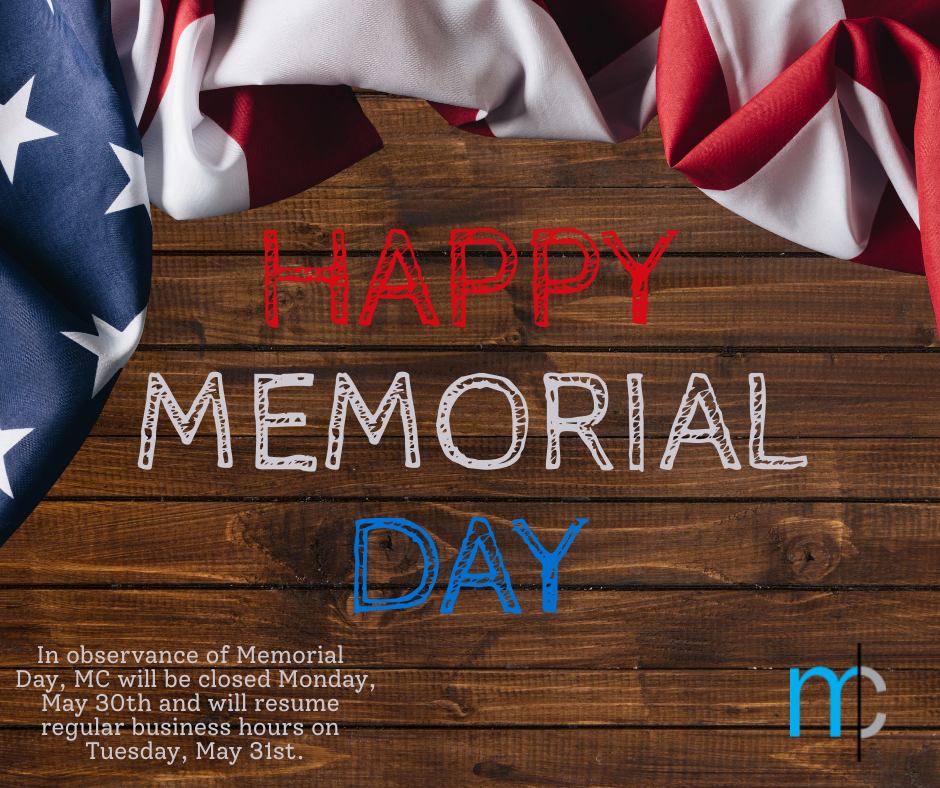
MC would like to wish our associates and colleagues a happy Memorial Day weekend and urge everyone to take time to remember what this upcoming Monday is truly about. To the men and women who gave their lives protecting our freedom: We are forever in your debt. We thank you. We proudly remember you.
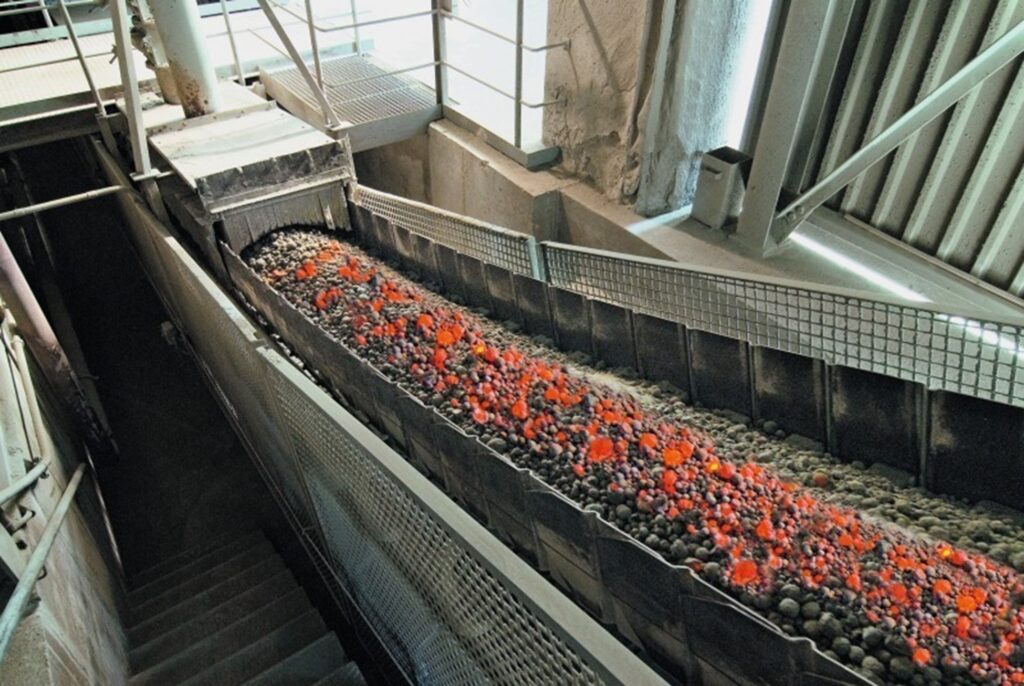
MC previously discussed climate change and how “carbonation” of concrete provides some offset to CO2 emissions produced by the manufacture of concrete. It is estimated that between 5-8% of all global CO2 emissions come from the manufacturer of cement products which are used in concrete, mortar, grout, cement sheathing, and numerous other applications. The most energy intensive process in the manufacturing of cement is the creation of a precursor material to hydraulic cement powder (Portland, etc) called “klinker” which is the hot fusing of oxidized calcium and silicone, in various proportions, into rock-like nodules. In this video from the American Concrete Institute, global cement manufacturer, HolcimUS, explains the klinker manufacturing process and discusses the strategies they are implementing for reducing CO2 emissions at cement manufacturing facilities and to eventually achieving net zero carbon in buildings.
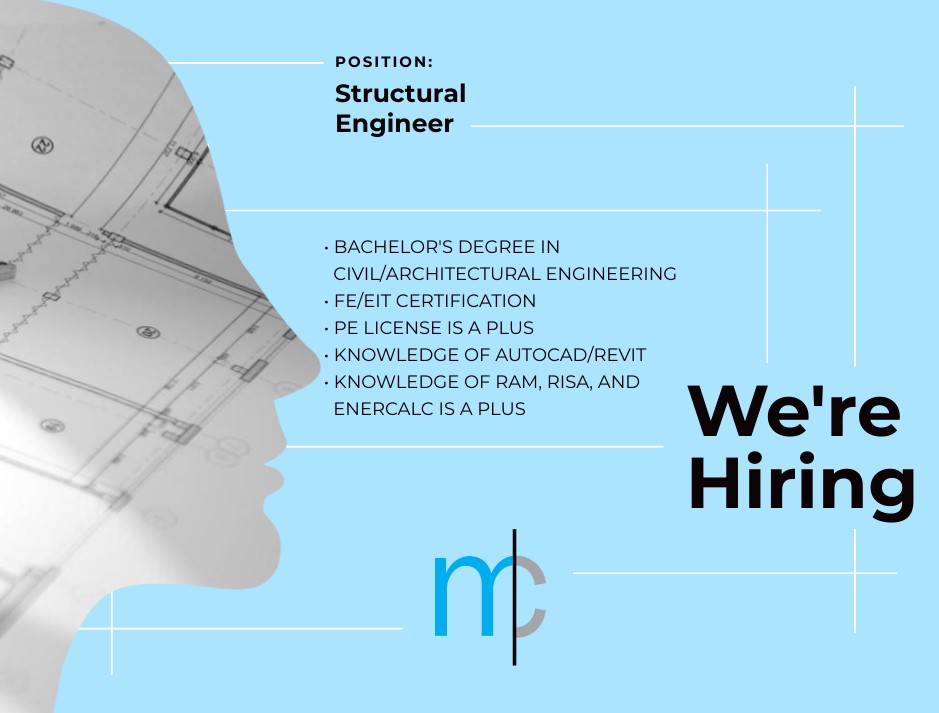
Morabito Consultants is currently looking to add a Structural Engineer to our team. Are you a new grad looking to start your career? Or maybe an experienced engineering looking to change things up? Join a team with nearly 40 years of providing exceptional client services and collaborate on projects ranging from single family homes to $400 million commercial buildings.
Do you have what it takes to be the newest face of MC? Send your inquiries and resumes to [email protected] today!
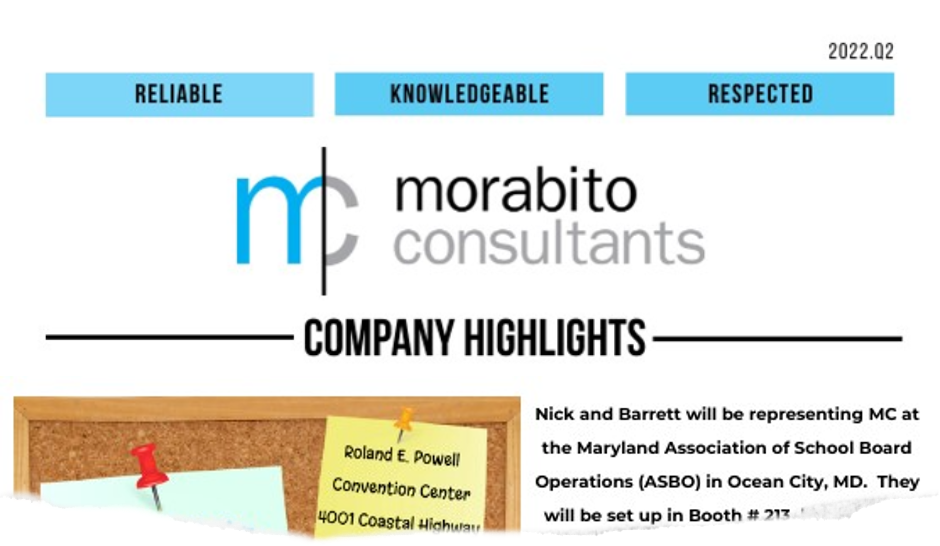
Our latest Company Highlights quarterly newsletter was sent this morning. Didn’t receive it? Check out this link to view and subscribe for future updates.

MC is looking forward to attending the 2022 Maryland Association of School Business Officials (ASBO) Conference on May 22-24 in Ocean City, MD. Be sure to stop by booth #213 to see our previous K-12 experience and the level of excellence that we can offer to your next project. Hope to see you there!
Check out the ASBO website for more information on the event.

MC would like to wish a happy (and relaxing) Mother’s Day weekend to all moms. Thank you for inspiring and supporting us. It is because of you that we have become who we are today.
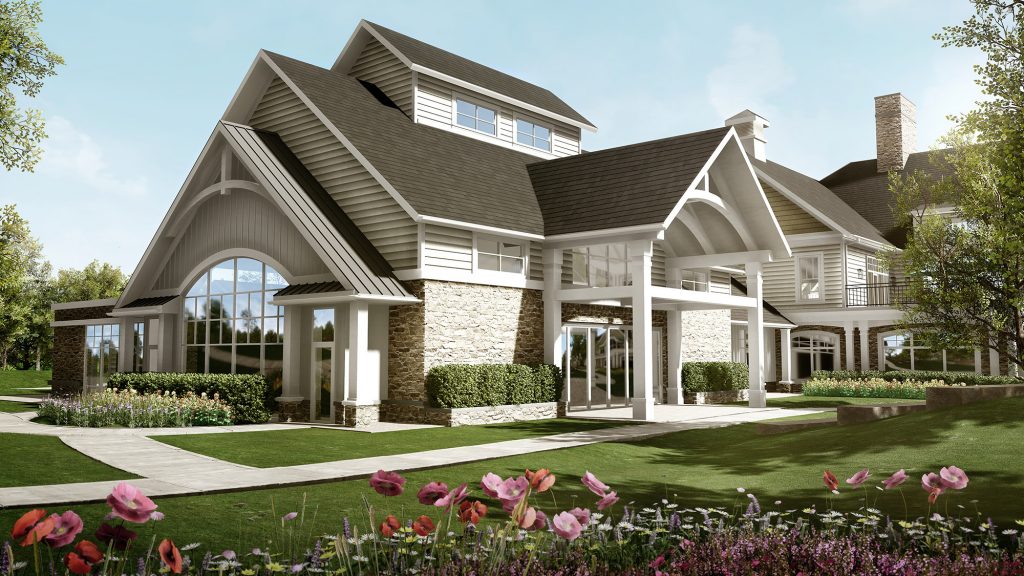
MC is proud to be partnered with Hord Coplan Macht and The Whiting-Turner Contracting Company on the Broadview Senior Living addition to the Purchase College, SUNY campus. Construction officially started back in December 2021, with a LEED Silver certification being pursued. This new Broadview facility is scheduled to open in the summer of 2023.
MC is proud to be part of the design team alongside TCA Architects, James Posey Associates, and Fisher, Collins & Carter, Inc. for the new Talbott Springs Elementary School in Howard County, MD. This new school will be replacing the current facility on-site and is 88,000+ SF constructed in a two-story, letter “H,” with the media center connecting the two wings. Construction began in September 2020 and is on schedule to be completed later this year in December and achieve LEED Silver designation. This project is special for us, as our Vice President, Tony’s daughter actually works for the school.
Check out the video above to get a behind the scenes tour of the construction progress.
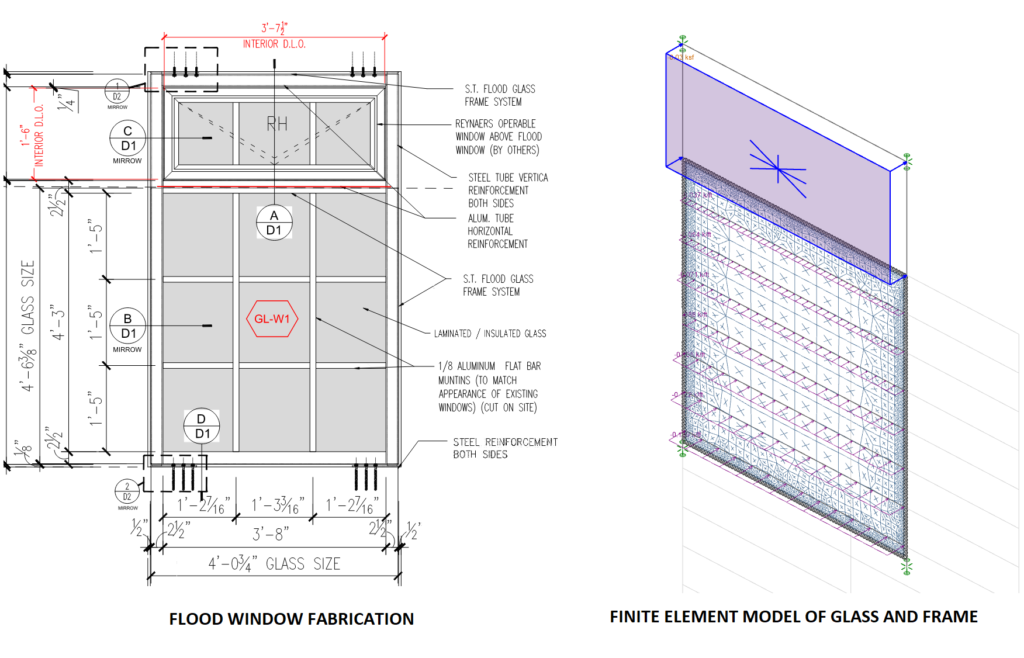
Last April, Governor Larry Hogan, declared the month of April to be Maryland Flood Awareness Month. Maryland Flood Awareness Month will raise awareness about the many flood hazards faced by individuals and communities across the state and provide information on what Marylanders can do to protect themselves, their property and possessions, their finances, and communities. This effort will be accomplished via The Maryland Resiliency Partnership. The Maryland Resiliency Partnership is a collaboration of public and private partners to leverage funding, personnel, and projects to support efforts that integrate hazard mitigation, floodplain management, and coastal and climate resiliency.
Morabito Consultants has been prepared to contribute to this ongoing effort in Maryland as well as all states our firm currently provides floodproofing remediation in. MC is experienced analyzing and designing new and existing structures of all types in high-velocity wind and high-hazard flood zones. A significant amount of our floodproofing design comes from an ongoing partnership with a leading manufacturer of flood panels, windows, and doors. Through this partnership, MC has gained experience designing everything from 40-ft long aluminum flood wall gates to impact and flood resistant glass fenestration components.
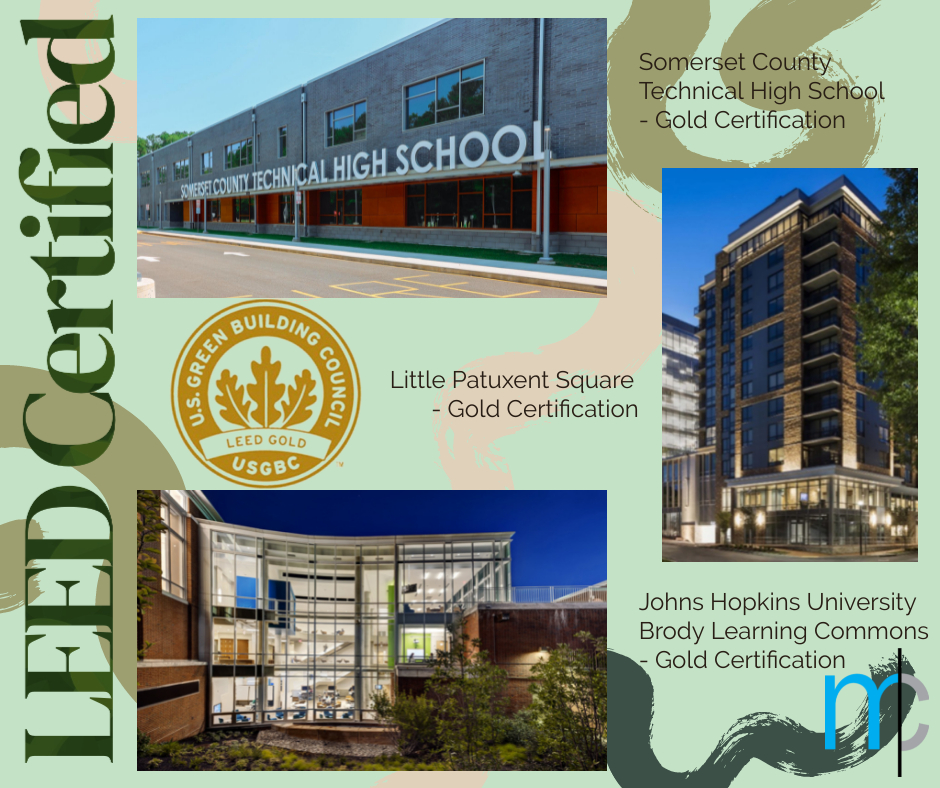
In honor of Earth Day, MC would like to highlight the importance of sustainable design. As part of our ambition to build structures that positively impact society, we incorporate sustainable design practices into each step of the engineering process. Sustainable design allows us to manage resources with the greatest economy and to make choices with the health of both the environment and the end user in mind. We work with our clients to make appropriate decisions about sustainability including specifying the use of materials that are recycled, locally or regionally sourced, or low VOC. MC takes pride in being a part of numerous projects focused on sustainability. Some of our recent LEED Gold Certified projects include Somerset County Technical High School, Little Patuxent Square, and the Johns Hopkins University Brody Learning Commons. We look forward to instilling sustainability in our future projects. To learn more about how buildings are rated and given LEED Certification, visit the U.S. Green Building Council’s website.
